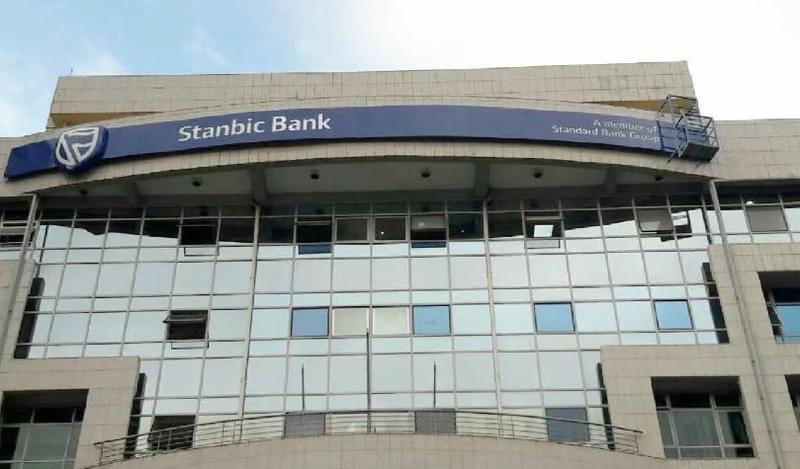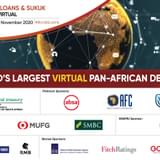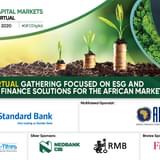This was a tough year for Kenya’s credit markets, with private sector bank lending relatively subdued across the East African region as a whole and Kenya’s bond market largely dominated by government. What do you see as the main drivers for this?
A combination of factors led to the slowdown of the credit markets in Kenya in 2017. The interest rate cap is central to this. After the introduction of the interest rate cap, banks turned to high yielding government securities and reduced private sector lending. This led to private sector credit growth slowing down to single-digit levels, to around 3.5% in Q1 2017, from traditional double-digit levels of around 15% in Q1 2016)
The political environment is also weighing on growth. The slowdown in business growth prior to the August elections, the election period and the subsequent nullification led to increase uncertainty, reduced investment spending which amplified economic slowdown in the country
Corporate bond defaults have been on the rise for the past couple of years. The default of corporates bonds issued by Tier II financial institutions in 2015 and 2016 led to a decrease in investor demand for corporate bond issuances. In addition, the interest rate cap at 14% combined with the relatively high treasury bond rates meant that larger companies preferred to raise capital via the bank market rather than the bond market, leading to lower supply.
To what extent do you see these forces remaining in 2018? What sectors do you think might drive supply?
There still appears to be uncertainty in the economy, which may drag into 2018. The election standoff after the nullification does not appear to be ending soon despite the repeat election having been held in October. The opposition boycotted the repeat election, which has left a question mark on its credibility even as the incumbent president won the election despite low voter turnout. The opposition have promised to push on for a fresh election and constitutional reforms. This political impasse will likely remain for the foreseeable future in our view.
The financial sector may be the driver of recovery and supply, as financial sector players have tended to be the most active in the capital markets. However, this will likely be limited to Tier 1 names.
There has been a good deal of talk about the interest rate cap in recent months. Do you think we will see the removal of the interest rate cap in Kenya in 2018? If so, to what extent do you see that influencing the link between the loan and the bond market?
There have been suggestions from both the Head of State and the Central Bank Governor that the interest rate cap has not led to the outcome they were hoping for, which was cheaper credit being extended to the SME sector and individuals. The CBK Governor cited a joint study with the Treasury on the impact of the rates capping on growth of credit, which had confirmed that the cap has had a negative impact on the economy. Both also seemed to suggest that the cap will be reviewed, with some kind of decision to be made going forward. We believe the cap may be removed in the latter half of 2018.
A removal of the cap may lead to increased appetite for corporate bonds, especially if bank rates for corporates rise exponentially – to levels that make borrowing from the corporate bond market cheaper.
In some markets within Africa, attracting more foreign investors into domestic capital markets has often come at the cost of crowding out domestic investors or instigating a broader flight to quality, creating a scarcity of investable assets and distorting prices. What do you think can be done to help ensure the former doesn’t necessarily come at the cost of the latter? To what extent can new capital markets products bridge that gap?
From a corporate bond perspective in Kenya, domestic investors have always been the majority investor for bond issues and we have not seen a crowding out due to foreign investors. Historically there has been little to no participation from foreign investors. However, we have seen a few more Africa focused funds setting up shop and we believe we will see more participation from foreign investors.
To what extent is Kenya’s economy better-positioned to weather some of the political volatility we are currently seeing than in previous years?
This is not the first time that Kenya has experience political volatility during the election period. There is the general consensus, both in the domestic market and international market, that Kenya’s institutions and economy are resilient enough to weather political instability stability in the longer term. The economy recovered from the 2007/8 crisis, and the post-election violence seen then was much worse than the political impasse we see now, so we remain fairly optimistic.









